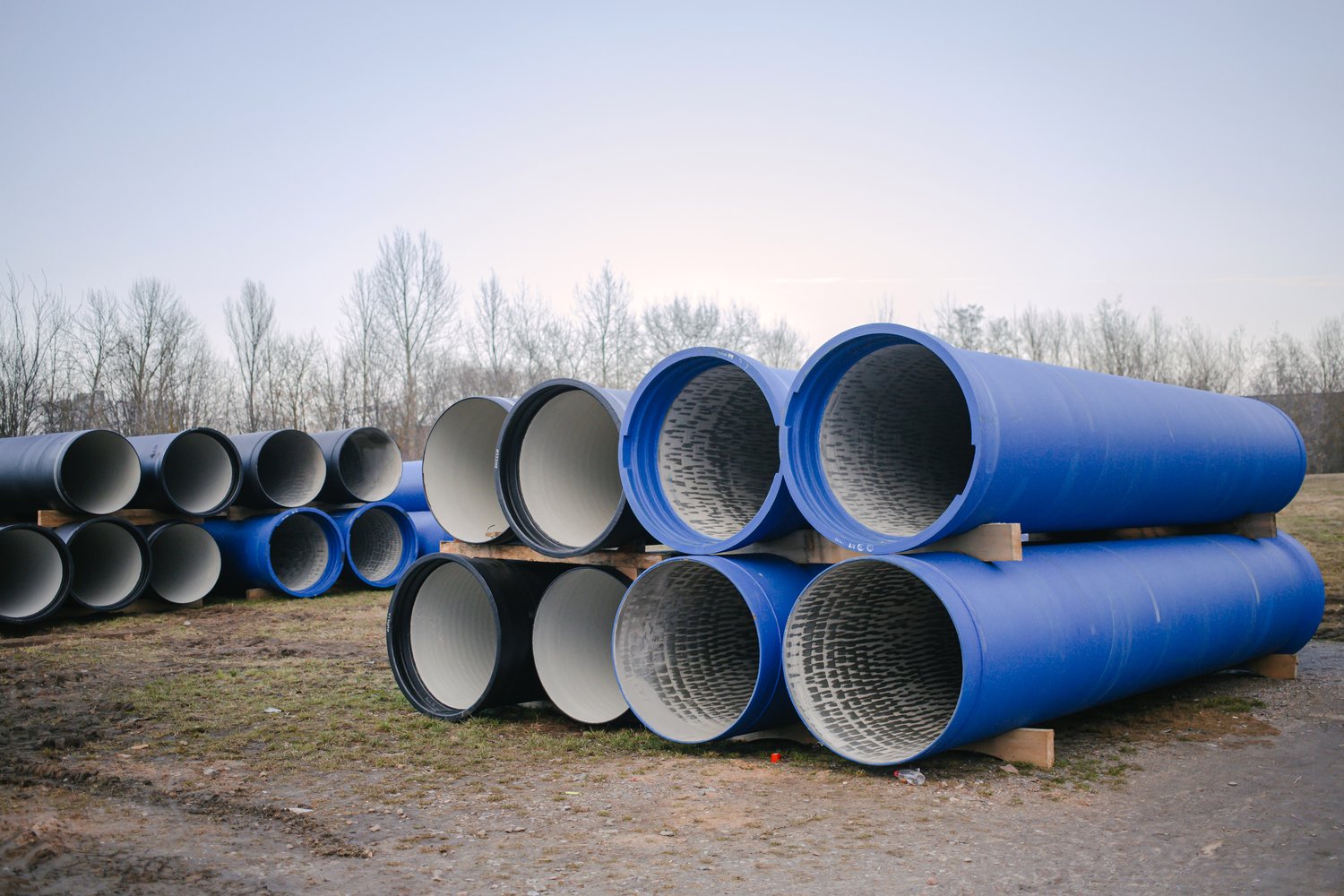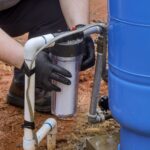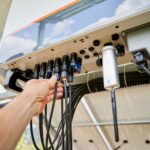Understanding the importance of proper drainage
Effective drainage systems are crucial for managing water flow and preventing flooding. These systems protect buildings, landscapes, and infrastructure from water damage. Drainage networks consist of various components working together to channel water away from structures. The primary elements include pipes, couplings, and wells, each serving a specific purpose in the overall system.
Proper drainage prevents soil erosion, foundation damage, and mold growth. It also helps maintain the structural integrity of buildings and roads. In urban areas, drainage systems play a vital role in stormwater management. They can handle large volumes of water during heavy rainfall, reducing the risk of urban flooding.
Drainage [PHRASE] https://onninen.pl/en/products/External-Installations/Drainage-retention solutions come in various types, suited for different applications. Surface drainage systems collect water from the ground surface, while subsurface systems manage water below ground level. The choice between these depends on factors such as soil type, terrain, and local climate conditions.
Professional installation of drainage systems is essential for optimal performance. Improper installation can lead to clogs, leaks, and system failures. Regular maintenance, including cleaning and inspections, ensures the longevity and efficiency of drainage networks. This proactive approach can save property owners significant costs in the long run.
Selecting the right drainage pipes for your project
Drainage pipes are the backbone of any effective water management system. They come in various materials, including PVC, HDPE, and concrete. Each material has its advantages and is suited for specific applications. PVC pipes, for instance, are lightweight and resistant to corrosion, making them ideal for residential use.
[PHRASE] https://onninen.pl/en/products/External-Installations/Drainage-retention/Drainage-pipes are available in different diameters, typically ranging from 4 to 36 inches. The size selection depends on the expected water flow and the area being drained. Larger pipes can handle greater volumes but may be more challenging to install.
Perforated pipes are commonly used in subsurface drainage systems. These pipes have small holes or slots that allow water to enter while filtering out soil particles. They are particularly effective in areas with high groundwater levels or poor soil drainage.
When selecting drainage pipes, consider factors such as soil type, slope, and local building codes. Consulting with a drainage specialist can help ensure you choose the most appropriate pipes for your specific needs. Proper pipe selection is crucial for the long-term effectiveness of your drainage system.
The role of drainage couplings in system integrity
Drainage couplings are essential components that connect pipe sections and ensure a watertight seal. They play a critical role in maintaining the integrity of the entire drainage system. Without proper couplings, pipes can separate, leading to leaks and system failures.
There are several types of drainage couplings, including mechanical, solvent-welded, and push-fit varieties. Mechanical couplings use rubber gaskets and metal bands to create a secure connection. Solvent-welded couplings rely on chemical bonding for a permanent joint. Push-fit couplings offer quick and easy installation without the need for special tools.
[PHRASE] https://onninen.pl/en/products/External-Installations/Drainage-retention/Drainage-couplings must be compatible with the pipe material and size. Using incompatible couplings can result in leaks or system failure. It’s crucial to follow manufacturer guidelines when selecting and installing couplings.
Regular inspection of drainage couplings is important for system maintenance. Over time, couplings may deteriorate due to soil movement, temperature changes, or chemical exposure. Replacing damaged couplings promptly can prevent more extensive and costly repairs in the future.
Maximizing efficiency with drainage wells
Drainage wells, also known as dry wells or soakaways, are underground structures designed to collect and disperse water. They are particularly useful in areas with poor natural drainage or where surface runoff needs to be managed. These wells can handle large volumes of water, making them ideal for stormwater management.
The design of drainage wells varies depending on local soil conditions and water volume requirements. A typical well consists of a perforated chamber surrounded by gravel or other permeable material. This structure allows water to slowly seep into the surrounding soil, reducing the risk of flooding and erosion.
[PHRASE] https://onninen.pl/en/products/External-Installations/Drainage-retention/Drainage-wells can be used in conjunction with other drainage components to create a comprehensive water management system. They are often installed at the end of drainage pipe networks to collect and disperse water effectively.
When installing drainage wells, it’s important to consider factors such as soil permeability, groundwater levels, and local regulations. Proper sizing and placement are crucial for optimal performance. Regular maintenance, including debris removal and inspection, ensures the continued effectiveness of drainage wells.
Best practices for drainage system maintenance
Regular maintenance is key to ensuring the longevity and efficiency of your drainage system. A well-maintained system can last for decades, while neglected ones may fail prematurely. Establish a routine inspection schedule to identify and address issues early.
Cleaning is an essential part of drainage maintenance. Remove debris from pipes, wells, and surface drains regularly. This prevents clogs and ensures smooth water flow. Use professional cleaning services for larger systems or those with difficult access points.
Monitor your drainage system’s performance, especially during heavy rainfall. Look for signs of pooling water or slow drainage, which may indicate blockages or damage. Address these issues promptly to prevent more serious problems from developing.
Consider using camera inspections for underground drainage components. This technology allows for detailed examination of pipes without the need for excavation. It can identify issues such as root intrusion, pipe damage, or misalignments that may not be visible from the surface.





